Your donation will support the student journalists of Northeastern Illinois University's The Independent, either in writers' payment, additional supplies and other items of note. Your contribution will allow us to purchase additional equipment for writers/photographers/illustrators and cover our annual website hosting costs.
Celebrating Latino heritage at the National Museum of Mexican Arts
October 3, 2021
More than just a gallery or a traditional museum, the National Museum of Mexican Arts is a reflection of Mexican identity and its
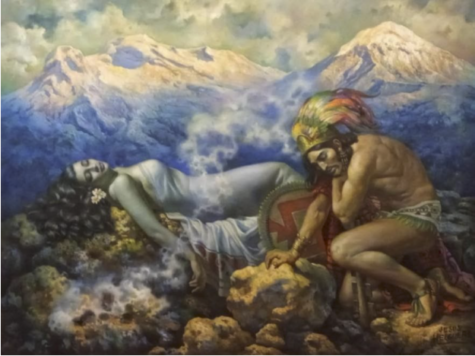
development in different times and spaces. Located in the colorful neighborhood of Pilsen and surrounded by one of the most important Mexican communities in the city, the museum is the largest Latino cultural institution in the United States, a fundamental piece on the cultural map of Chicago, and a meeting place open to everyone.
As the only member of the American Alliance of Museums dedicated to Latino culture, visiting the National Museum of Mexican Art is a great opportunity to discover and celebrate Latino Heritage month (Sept. 15 through Oct. 15). With free admission and open to the public from 10 a.m. to 5 p.m., the museum offers much, including the permanent exhibition “Our Stories: Stories of Mexican Identity” and the celebrations and events of “El Día de los Muertos.”
Our Stories: Mexican Identity Stories
The permanent exhibition, “Our Stories: Stories of Mexican Identity,” is a journey through history and the different influences that shaped “Mexicanidad,” a term to describe Mexican identity, culture and its different manifestations through art and tradition.
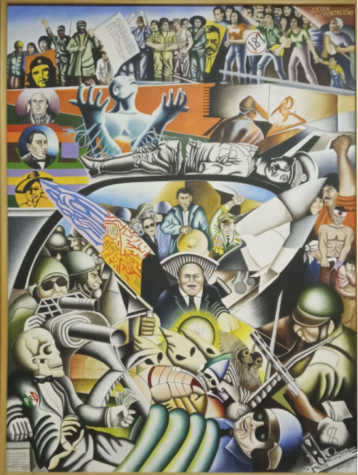
Starting from romantic pictures of Mayan myths and archaeological pieces such as ancient statues or ritual masks, the first part of the exhibition, “History of Mexican Identity in Mesoamerica,” covers the recovery and vindication of native cultures in the late 19th century and early 20th century. In conjunction with that heritage, this first space also shows several pieces that reflect the Spanish influence, especially through the dissemination of Catholicism and icons such as the “Virgin of Guadalupe.”
The rest of the exhibition is made up of works of modern and contemporary art by different authors who, through their work, show their vision of Mexican identity and, at the same time, contribute to its forging. Some of these works of art reinterpret traditional motifs, like “The Day of the Dead” or “The Eagle and the Serpent,” which is the founding symbol of ancient Tenochtitlan and was adopted as a symbol of the national flag. Other pieces provide a Mexican vision of the avant-garde and artistic movements, such as “Yellow-Green-Blue,” a painting by the famous abstract Mexican painter Gunter Gerzso, and “Primitive People,” a neo-expressionist painting full of color and life by Carlos Almaraz.
The last three rooms, “Development of Mexican identities in the US”, “Chicago, an urban immigrant identity” and “El Arte es Político” (meaning “art is political”) are dedicated to the construction of Mexica
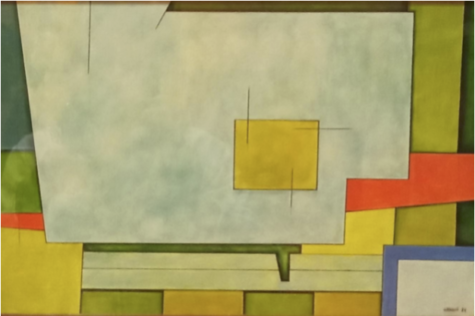
n identity on American soil. Through these different works one appreciates the fusion between traditional Mexican elements and elements of American pop culture, with the mixture of symbols such as the Statue of Liberty or pick-up trucks with tacos or mariachis. These rooms also have a high content of social denunciation through art. The different works of artists highlight the problems that Latino minorities—especially Mexicans—have faced and continue to face on a daily basis. The odyssey of crossing the border, labor exploitation, the frustration of the barriers of undocumented life and the fall of the American dream are some of the themes reflected.
What stands out the most in this last section is a large canvas made by muralist Marcos Raya: “The Legacy of Manifest Destiny” (1995), a work that collects the content of many of his political and social-themed murals displayed in the Pilsen neighborhood. Likewise, an important part of the room is dedicated to the legacy and works of Carlos A. Cortez Koyokuikal (1993-2005), one of Chicago’s greatest social activists for social rights and justice. He spread his messages through art with murals and posters inspired by the Mexican printmaker engraver José Posada (1852-1913) and the German expressionist Kathe Kollwitz (1867-1945). One section of the room is dedicated to a reproduction of Koyokuikal’s home-studio and a good sample of his works.
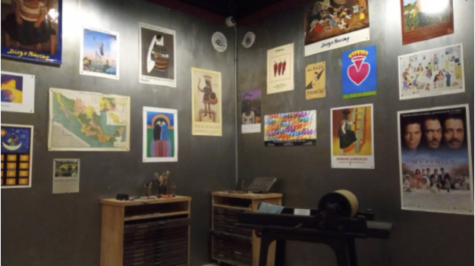
(Almudena Yebra Romanillo)
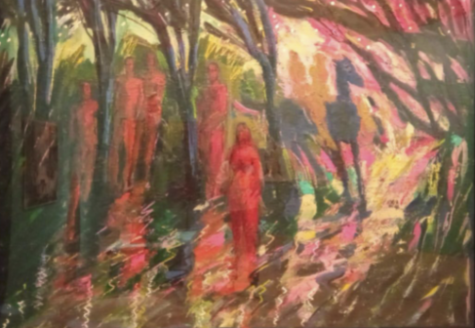

Much more to see
In addition to these permanent exhibitions, the museum hosts temporary exhibitions of contemporary artists and events that celebrate Mexican culture and traditions. Until Feb. 6, 2022, the exhibition “Reframing Community: Ester Hernández and Shizu Saldamando” will be on display in the main gallery. It is formed by a series of portraits that reflect the Chicano face. As part of the exhibition, the artists will conduct a portrait workshop open to the public (registration is required by calling 312-433-3941).
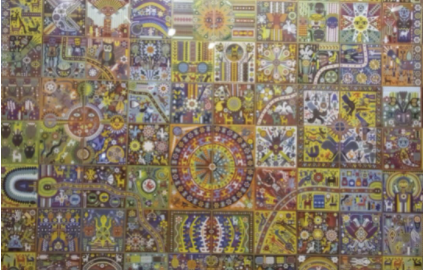
Between October and November, for the occasion of the Day of the Dead, one of the most iconic traditional festivals, the museum will launch an immense program with activities of all kinds. To name a couple, the exhibition “Día de Muertos: A Time to Grieve & Remember,” which will be on display until Dec. 12, 2021 and the party “Dia de los Muertos: Love Never Dies Ball ” on Nov. 6. For more information about times, dates and registrations, you can visit the museum’s website: (https://nationalmuseumofmexicanart.org/).